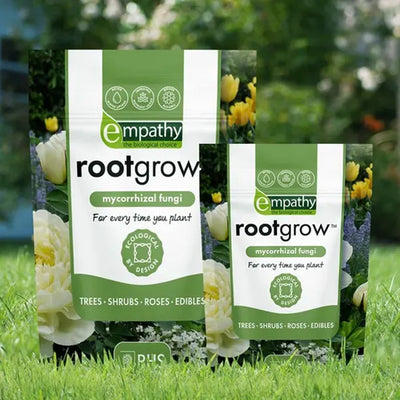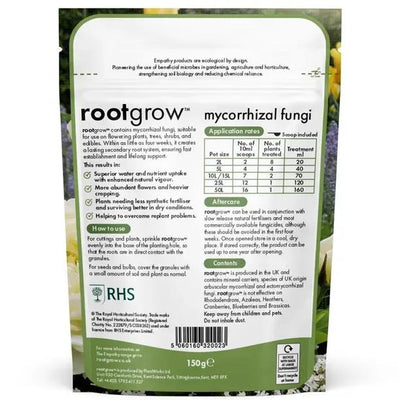Common Elderberry / Elderflower Hedge Plants
The Common Elderflower or Elderberry tree, Sambucus nigra, is a large native shrub or small tree with graceful, fern-like leaves. It produces deliciously scented white flowers and purple berries, which are both edible. It can be used as a rough, rugged country hedging plant and will grow almost anywhere.
Left alone, Elderflower makes a verdant tree about 6 metres high: for more ornamental value, have a look at our Golden Elder or the lovely cultivar Black Lace.
Browse our selection of native hedging or our full range of hedging plants.
Delivery season: Bareroot plants are delivered during late autumn and winter, approximately November-March inclusive.
Features
- Height: 6m
- Soil: Grows anywhere, shade tolerant
- Use: Rough native hedging, wildlife cover.
- Single Row: 2/m
- Edible, fragrant flowers and fruit
Growing Elderberry
It's indestructible and will grow practically anywhere in the UK, including piles of construction rubbish, and very sandy coastal soils. In full shade, it'll become sparse and produce few flowers, but otherwise be fine. Few shrubs are easier to grow. I once hacked an old elder to smithereens to remove it, and dumped the pieces into an area of the garden that was left to grow wild with plenty of nettles and brambles: two years later, there was an Elder thicket there, already higher than the weeds.
Spacing an Elderflower hedge: Being such a bulky beast, a 50cm spacing is fine.
This plant makes a nice solid hedge by itself, but it's aggressive and is not recommended for a mixed hedge. It'll never form a tidy, formal hedge and looks best when it's allowed to get a bit overgrown.
Garden Design Ideas
Elder is included in some mixed hedging packs although isn't really suitable for planting in the middle of a native hedge because it'll aggressively grow into the plants beside it. You can control this with hard pruning, but to save you the effort we recommend using it only at the end of a hedge, on a strip by itself, or planting it away from the hedge and letting it grow as a large shrub or small tree. Letting it grow freely will also give you a lot more flower heads and then berries. A farm near us has about 100m of solid elder hedge that they cut back in alternating 2-3 metre sections every year, so that there is always a good crop of flowers on the sections that were not trimmed.
The leaves are poisonous to most domestic animals.
History & Trivia
Our own Elderflower cordial recipe makes a fabulous soft drink, and easy to prepare. With a bit more work, you can also make Elderflower syrup and Elderflower champagne. It is widely used in alcoholic drinks across Europe, such as types of Hungarian brandy and Swedish snaps. You can also try battering the flowers and quickly frying them for a cheap but exotic snack.
It is usually the case with widespread native plants that are also useful to humans to have a lot of common names from various regions, which include: acte, arn, boon, bur, boor and pipe tree.

 Secure, One-Tap Checkout
Secure, One-Tap Checkout
 Hand Picked, Delivered to Your Door!
Hand Picked, Delivered to Your Door! 1 Year Bareroot Guarantee
1 Year Bareroot Guarantee













